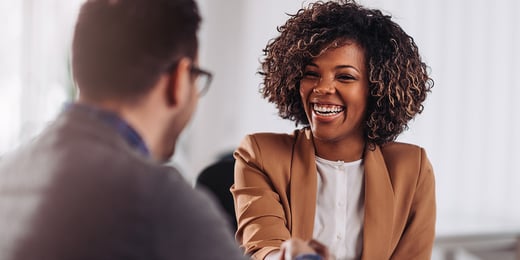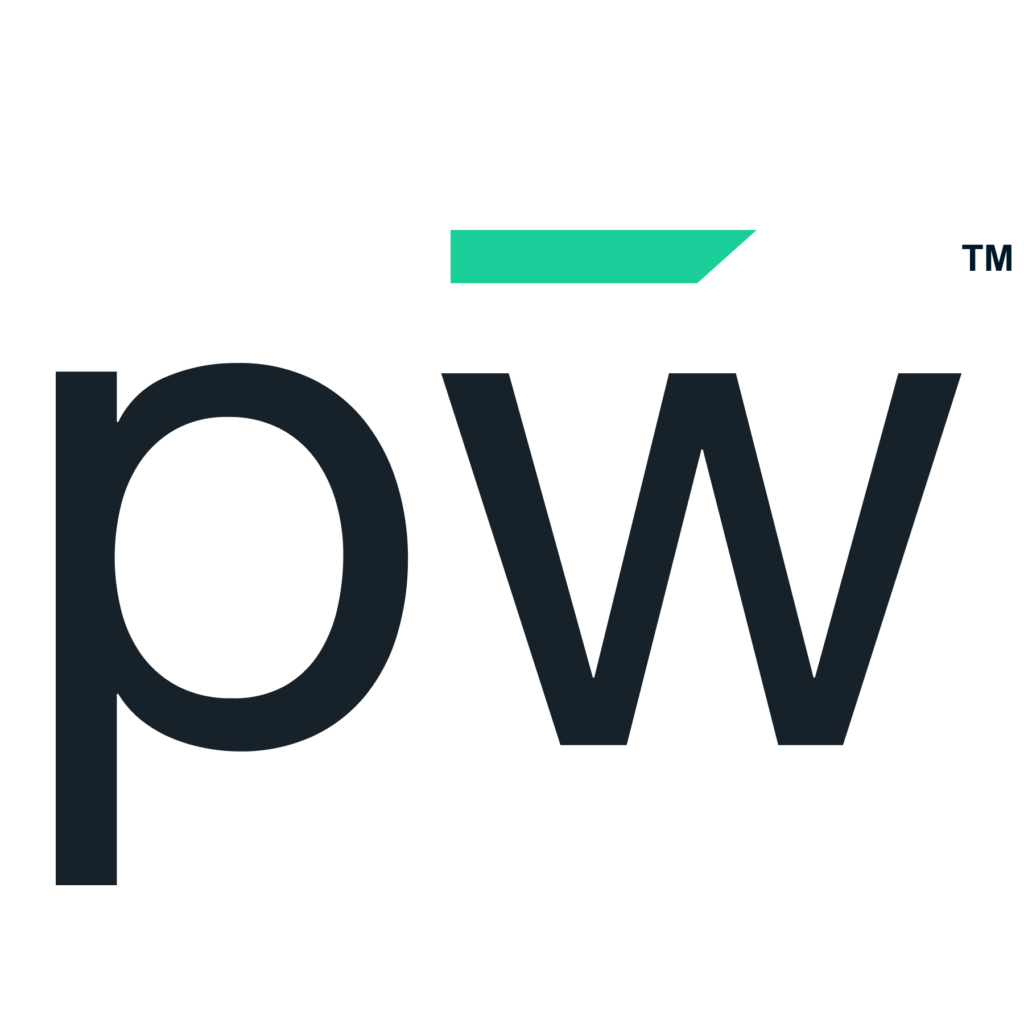As a hiring manager, you want to attract quality candidates while maintaining or lowering your average cost per hire. In today’s job market, that’s a tall order.
Data from the U.S. Bureau of Labor Statistics has shown steady gains in employment in 2023. However, many job seekers are looking for new opportunities. So, why aren’t they applying for your job openings? If you’re struggling to attract applicants, your postings may have too many red flags. As a result, you’ll need to reevaluate your approach to crafting job descriptions, and you can find a streamlined and better solution with candidate-matching software.
What red flags might be present in your job postings? And how can you avoid them with candidate-matching software?
Are your job postings full of red flags?
If you haven’t refreshed your job postings in a while, now’s a good time to review them to identify red flags that make candidates weary. A survey of job seekers identified several key areas where red flags are often present, including salary, experience, culture and interview process.
1. Salary Red Flags
Topping the list of red flags was a job posting that lacks a salary range. Without this pertinent information, many people will keep looking. In a survey of Gen Z candidates, 85% said they are less likely to apply for a position that doesn’t contain salary information. Often, people will assume the position has a salary that’s below average.
While you may have concerns about posting numbers that competitors can see, transparency about pay rates is critical to driving interest and quality candidate submissions. When you seek employees via candidate-matching software, salary is part of the job profile you build, but it’s not public like job boards are.
2. Experience and Qualifications Red Flags
The job seeker survey also identified red flags in a posting’s stated requirements for experience and qualifications. Fifty percent of respondents said it was a red flag for experience requirements to be too high for the position. Another 43% stated a long list of qualifications was a turnoff.
Whatever position you’re recruiting for will call for specific experience and qualifications. However, you need to be more realistic for entry-level jobs. Just because someone doesn’t have one specialized skill, such as previous experience with specific software, doesn’t mean they aren’t a good potential candidate.
When using candidate-matching software, you’ll detail the skills you desire in a worker. The system matches job seekers to your role based on attitudes, attributes and abilities. The system prescreens them before the match occurs. If you see promise in someone but need them to upskill, you can communicate that and help them to develop the necessary skills.
3. Culture Red Flags
Part of your hiring practices likely involves determining if the candidate is a cultural fit. What does that really mean to your organization? Are you defining it beyond “we’re a family” or “it’s a fast-paced environment”? Candidates may view phrases such as these as red flags because they lack specificity.
If your company has cultivated a culture with values and a vision, make it known. It gives the potential candidate something more substantial and can lead to you hiring someone that’s a better cultural fit and who you’ll retain long term. Include detailed information about your company’s culture in your company profile when using a candidate-matching system.
4. Interview Process Red Flags
Lack of clarity regarding the interview and hiring process could deter job seekers. Communicating with them about the process from the beginning — and doing so throughout it — demonstrates that you value their time and prioritize filling the role. Setting expectations about the length of the process can give job seekers peace of mind.
This can be a challenge. Some candidate-matching software, such as pepelwerk, streamlines the process with automated communication, messaging and feedback. Potential hires stay in the loop, and you have technology that helps you stay organized.
Candidate-matching software that matches by skill is the future of recruitment.
If you want to change those red flags to green ones, you’ll want to explore what a skills-matching platform such as pepelwerk can provide. It uses the power of data and artificial intelligence (AI) to connect qualified candidates to your jobs. It guides you through the process of developing job profiles and modifying job descriptions. In the pepelwerk platform, a job profile is “who, when and where,” and a job description is “what and how.”
With this support, your profiles and descriptions can yield better results. Beyond finding the best “match” for a role, you can begin creating a pipeline for your future workforce. You may find candidates with many good qualities that still need to develop specific skills. pepelwerk’s skills-matching software assists you with sourcing these candidates and enables them to obtain the training they need.
This innovative technology is the future of recruitment. Adopting it will allow you to hire effectively now and build your workforce for tomorrow. With AI-driven matching focusing on attitudes, attributes and abilities, recruitment is less complicated and expensive.
Find out how to take the next step by booking a meeting with our team today.










